Phonics plays a crucial role in developing strong reading skills in children. By teaching them the relationship between sounds and letters, phonics enables young learners to decode words and unlock the magic of reading. However, traditional phonics practice can sometimes feel monotonous and repetitive. The good news is that with a little creativity and the incorporation of multi-sensory activities, phonics songs, and games practice can become exciting and engaging for children.
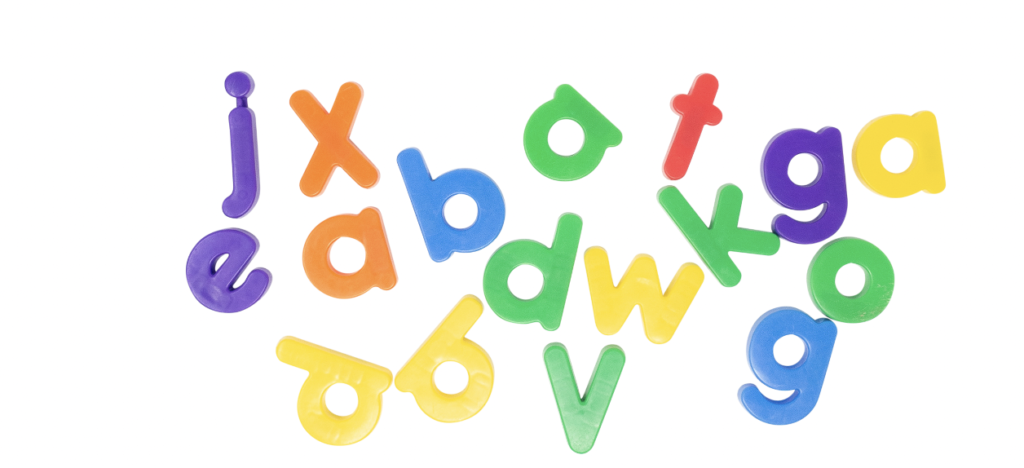
Let’s explore some fun and effective ideas for making phonics practice and reading an enjoyable experience at home, while also incorporating the science of reading.
- Letter Treasure Hunt: Transform the process of learning letters into an adventurous treasure hunt. Hide letter cards around the classroom, house, or backyard and provide children with clues to find them. Encourage them to say the letter name and sound as they discover each card. This activity not only reinforces letter recognition but also promotes physical movement and excitement.
- Another way to do this is in the car! Play alphabet hunt and look for all the different letters in road signs, license plates, and store that you can see while driving.
- Sensory Letter Tracing: Create a tactile experience by using different materials to trace letters. Fill a shallow tray with sand, salt, or rice and have children use their fingers or a stick to trace the letters. This multi-sensory approach engages both the visual and kinesthetic senses, enhancing letter formation and retention.
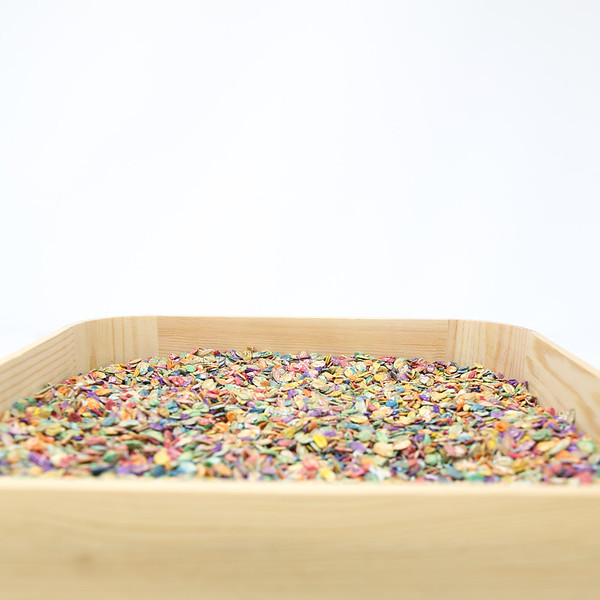
- Phonics Scavenger Hunt: Develop phonics skills while engaging in a scavenger hunt. Make a list of items that start with different phonics sounds and ask children to find them around the school, house, or during a walk outside. For example, “Find something that starts with the ‘s’ sound.” This activity encourages children to listen for sounds and associate them with corresponding letters.
- Interactive Phonics Games and Phonics Songs: Introduce interactive phonics games through educational apps or websites designed for young learners. These games often incorporate animations, sound effects, and rewards, making phonics practice enjoyable and interactive. Look for games that focus on phoneme blending, segmenting, and word building to reinforce essential reading skills.
- Some of my favorite Phonics Songs are by Jack Hartman. A quick Youtube search will return so many amazing phonics songs for both the whole alphabet and individual letters and phonemes.
- I also really like Heidi Songs. You will need a subscription for the whole library, but there are some freebies and you can find a few Heidi Songs on Youtube for free as well!
- Sound Sorts: Engage children in sorting objects or pictures based on their initial sounds. Create a collection of items that begin with different sounds and ask children to categorize them accordingly. For instance, place pictures of a cat, dog, and cow under the ‘C’ sound category. This activity promotes phonemic awareness and helps children recognize the individual sounds within words.
- Storybook Crafts: Combine reading and creativity by incorporating crafts inspired by favorite storybooks or even decodable books! Choose a book that has some examples of the phoncis skills that you have been exploring and encourage them to create puppets, masks, or dioramas related to the characters or events in the story. As children engage in these hands-on activities, they develop a deeper connection with the book, enhancing reading comprehension and enjoyment.
- Word Building with Manipulatives: Utilize manipulatives like magnetic letters, foam blocks, or letter tiles to create a hands-on word-building experience. Provide children with a set of letters and ask them to construct words based on given phonics patterns or word families. This activity helps solidify letter-sound relationships and improves spelling skills.
I hope some of these ideas will be low prep, and super helpful to you and your student or students.
Phonics practice and reading need not be dull or tedious. By incorporating multi-sensory activities grounded in the science of reading, we can make learning enjoyable and engaging for children. The ideas shared in this article offer a starting point to infuse fun and creativity into phonics practice at home. Remember, when children have fun while learning, they develop a love for reading that will last a lifetime. So, let’s embark on this exciting journey together, exploring the magic of phonics and reading!
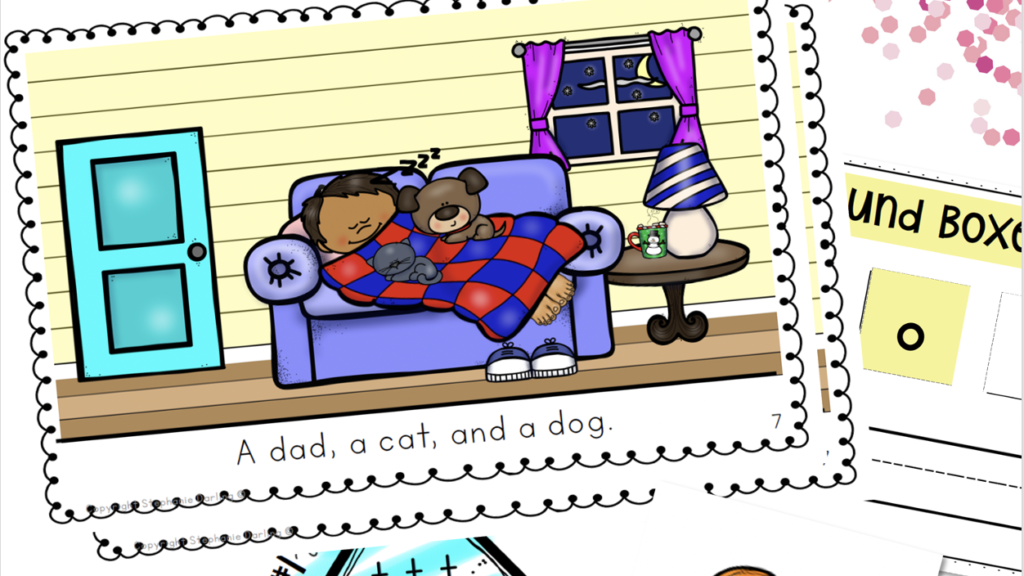
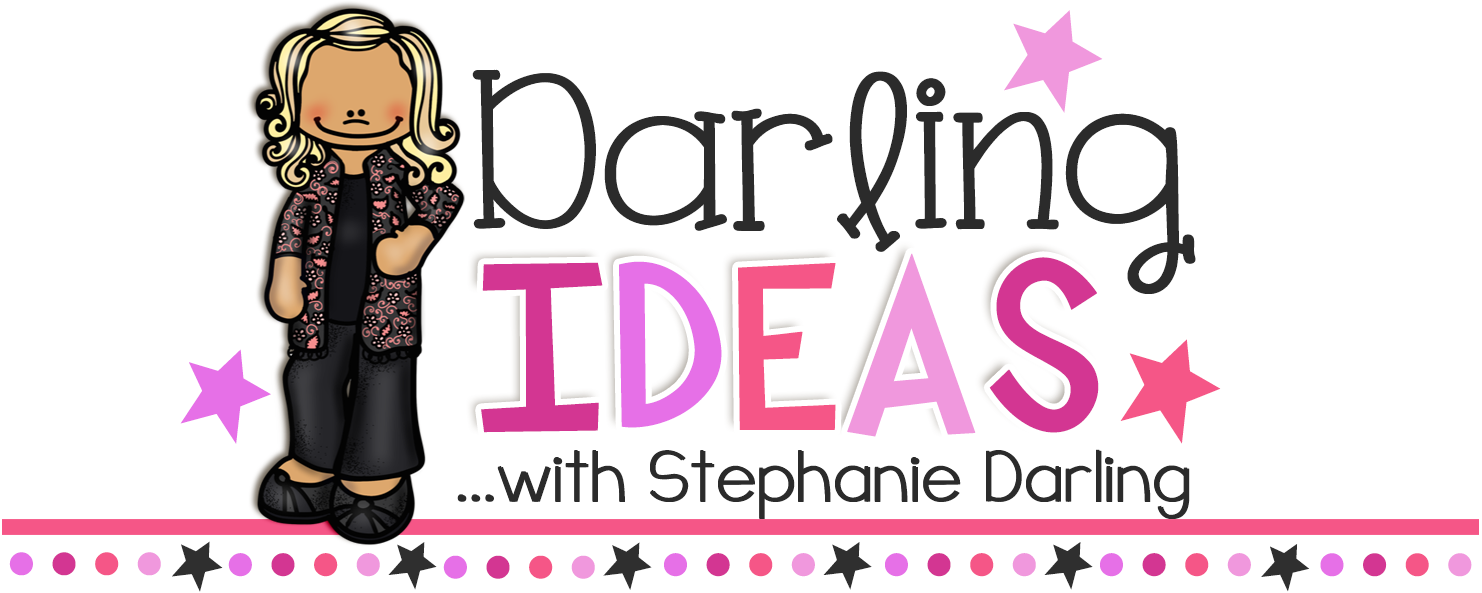
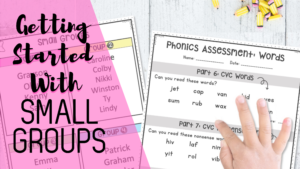
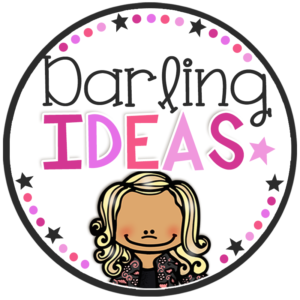
No Comments